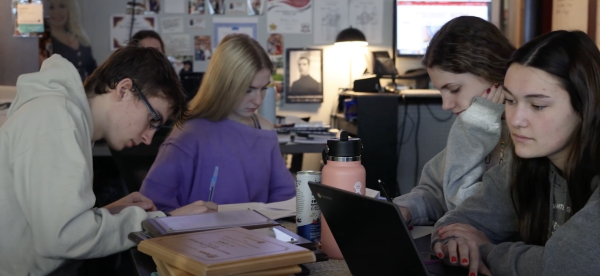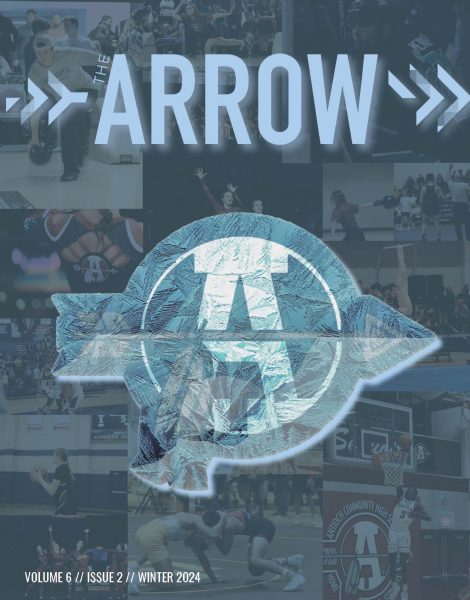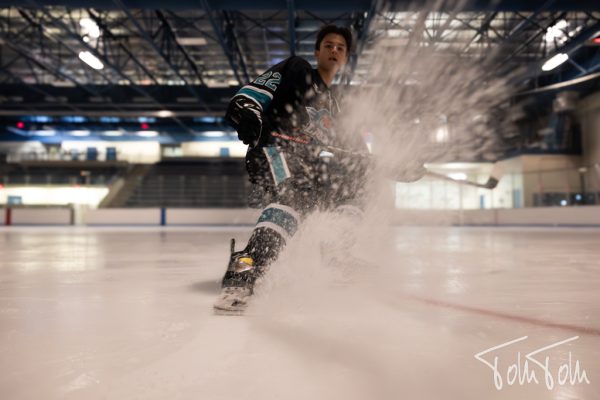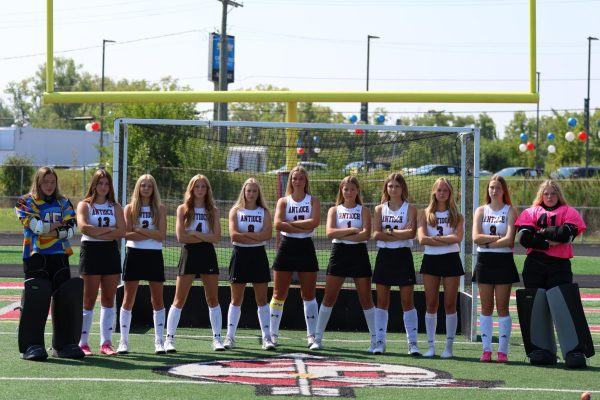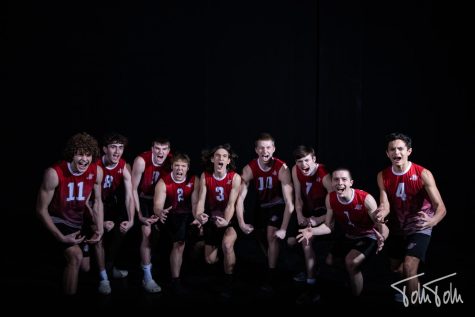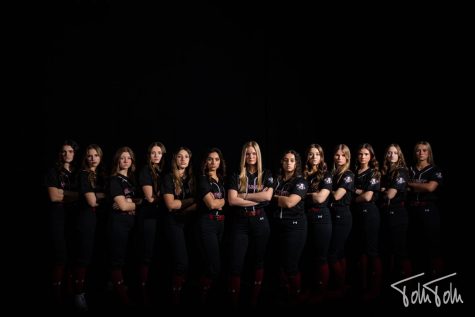Drilling Towards Success
Whether it be to help perfect the team’s form or tighten up plays that they need to execute, drills are there to improve the entire team’s work effort.
More stories from Julia Murillo
REPETITION
Running certain drills every day is important because it improves athletes’ all-around game.
“We do our closeout progression, shooting drills and shell defensive drill [every practice],” freshmen boys basketball coach Andrew Benton said.
By doing this, the team can get ready for games and create energy before a game. When it comes to energy, Benton tries to keep the drills under fifteen minutes to maintain energy and keep the pace fast.
EQUIPMENT
When it comes to drills, there are some coaches who prefer using extra equipment to help at practice and make practice feel more like a game. For instance, in basketball, there is a pad that can be used to help athletes get used to contact.
“We mostly use a basketball and a hoop,” Benton said. “We take the pad out once in awhile for finishing and cones for various other drills.”
Time is taken to teach the drills, but the team still focuses on the fundamentals of basketball: communication, defense, energy and being a good teammate.
“The rest takes care of itself,” Benton said.
WELL ROUNDED
There are never ending numbers of drills, and there are so many ways that they vary depending on the coach, team and their overall style of play. Drills play a significant role in preparing for a game, especially when focusing on a specific part of the game. For sophomore boys basketball coach Arnold Glapajone, there are three drills that he favors: “nash shooting,” which focuses on shooting; “22 passing,” which forces athletes to have focus on passing more and dribbling less; and “3v3 rebounding,” which makes the defensive players get in the habit of boxing out the offensive players. If the defender gets the rebound, they are given a point, and vice versa.
INTENSITY
Drills often have different levels of intensity. Some drills force athletes to be more mentally focused, or athletes may be participating in full court drills, which require constant movement and energy. If the team has given all of their effort for the length of the drill, they have obviously earned a break.
“The more intense, the more breaks I usually give,” Glapajone said.
TECHNIQUE
When it comes to wrestling they do not have specific drills that they necessarily need to work on each practice; however, they do work on their positions.
“Intensity is highest when we have live wrestling or simulation matches,” varsity wrestling coach Luke Karner said. “While reviewing technique or new moves it is a bit slower pace.”
In wrestling, there are three different positions: neutral, top position and bottom position. Being in neutral means that both wrestlers are up on their feet, it’s how they begin a match. The second being top position is when one wrestler is down on the mat and the other is hovering over them. When working from the top position the team works on their moves to get the opponent pinned. Finally, the bottom position makes the team work on their ability to be able to escape and stand up for reversals.
STRATEGY
Each and every practice has its own goals, depending on the time of the season and how close a competition may be. Practices during the week prior to matches will have more conditioning and have plenty of live wrestling situations. When it is closer to competitions, practices are focused on technique to prevent injuries and keep the athletes fresh.
“As the team gets closer and closer to regionals practices begin to taper,” Karner said. “[We] focus on fine tuning areas of each wrestler.”




